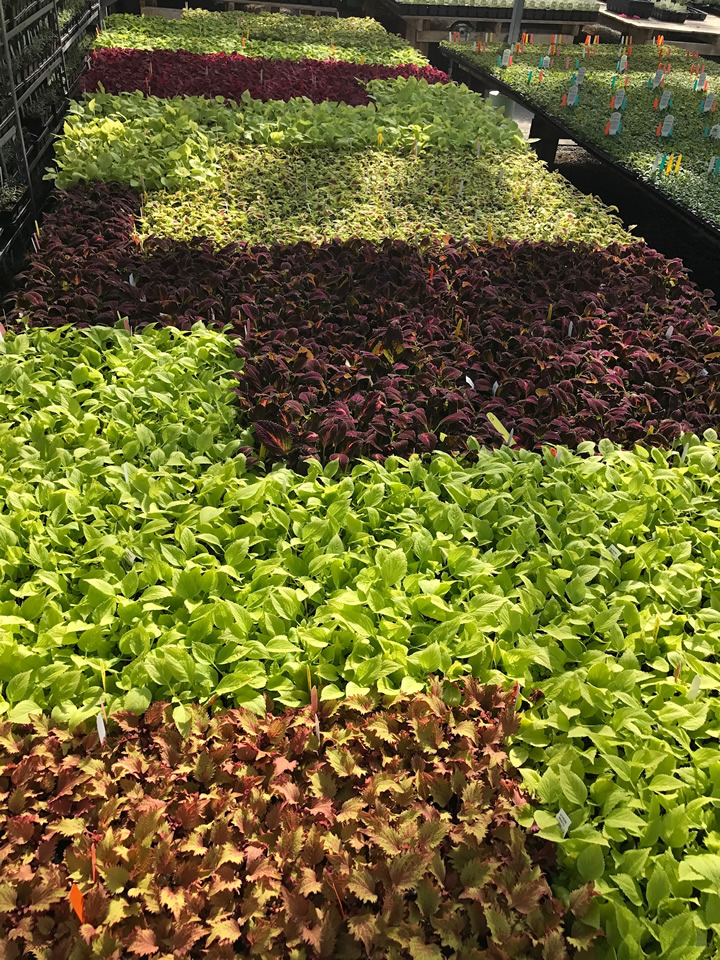Ten Ground Rules for Growing
All systems should fit the ideal of the objective and available resources.
There is no correct or perfect way to run a facility and there is no correct way or perfect to grow plants. Every grower has his or her style. There is no guarantee that everything you do or were taught to do will result in a successful operation.
Things will Fail
Your processes, your equipment, your employees, and your practices at some point will fail. That is a guarantee and you should accept it. You will be a lot happier and in a better position to fix a problem when it happens.
Set-up practical expectations within the first 2 years
According to the USDA, “exit rates among young operators drop sharply as their businesses mature from 0 to 4 years old, to 5 to 9 years old.” If you’re not meeting your initial expectations, review them, and change them. Who predicted COVID-19?
Document everything
Everything that you do should be documented. Depending on your memory or someone else’s memory is risky, especially with data being so crucial to increasing production. Your processes are the key to your success, and everyone needs to be able to refer to them. Institutional knowledge is critical.
Set up SOP’s and Educational Labor Plans that fit the model, not the manager.
A lot of people develop plans that are tailored to a person’s growing style. Develop ethical SOP’s and educational labor plans that fit the model you are using and are based on your system and your style. The model is the standard for the overall operation.
Agricultural Processes are not like the stock market.
There is an eventual cap on the maximum output of a farm but not the quality of the product. Once you have a successful operation it becomes difficult to make the same percentage increase each year. What you can do is consistently increase your efficiency and consistently increase the quality of your crops.
Manipulating water if it’s not contaminated, is better than using reverse
osmosis
The water you use doesn’t have to be pure for you to grow with it. Use the water that naturally exists in your ecosystem and use it correctly. With reverse osmosis, for every two gallons you put in, you get one gallon out. That’s a lot of potential energy being wasted.
Cleanliness is next to Godliness.
Pests and diseases are often a direct result of improper sanitation processes. Put dead material in a trash can with a plastic liner, tie it up, and throw it out immediately. Remind everyone that diseases and pests easily attach themselves to shirts, pants, shoes, and caps. Pests and pathogens are often transferred from one room to another by workers.
Pathogenic problems are inevitable, and you should prepare for it.
The reality is that even if you are the healthiest person in the world, you will get sick. Even if you have the cleanest, most sanitary greenhouse you will still get pathogens and you will still get pests. Since you can’t avoid it, prepare for it, and have your plan ready when it happens.
Don’t “Drink” Snake Oil
There are great new products and great new processes constantly being developed that help you in your operation. Check with growers you know, check with grower forums, listen to webinars, contact a consultant, ask your state association. Get the one that is right for your operation.
Footnote for quote: https://www.ers.usda.gov/amber-waves/2007/april/experience-counts-farm-business-survival-in-the-us/
Comments (0)
This post does not have any comments. Be the first to leave a comment below.
Featured Product


